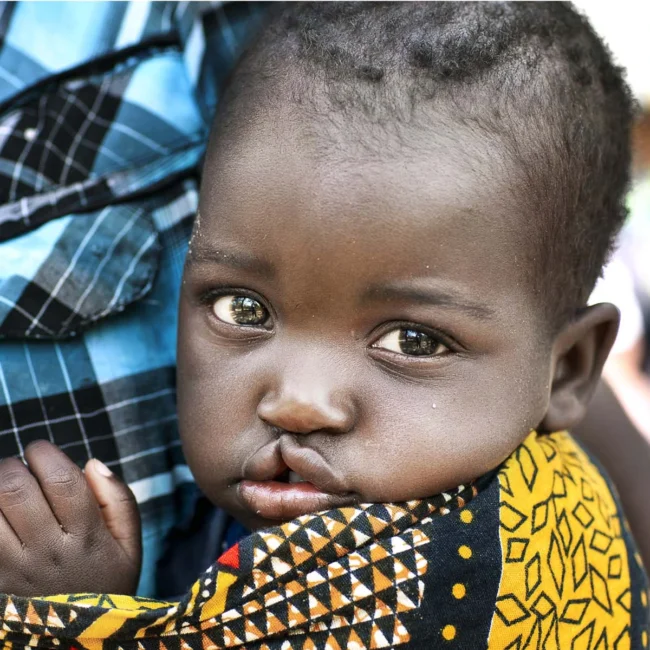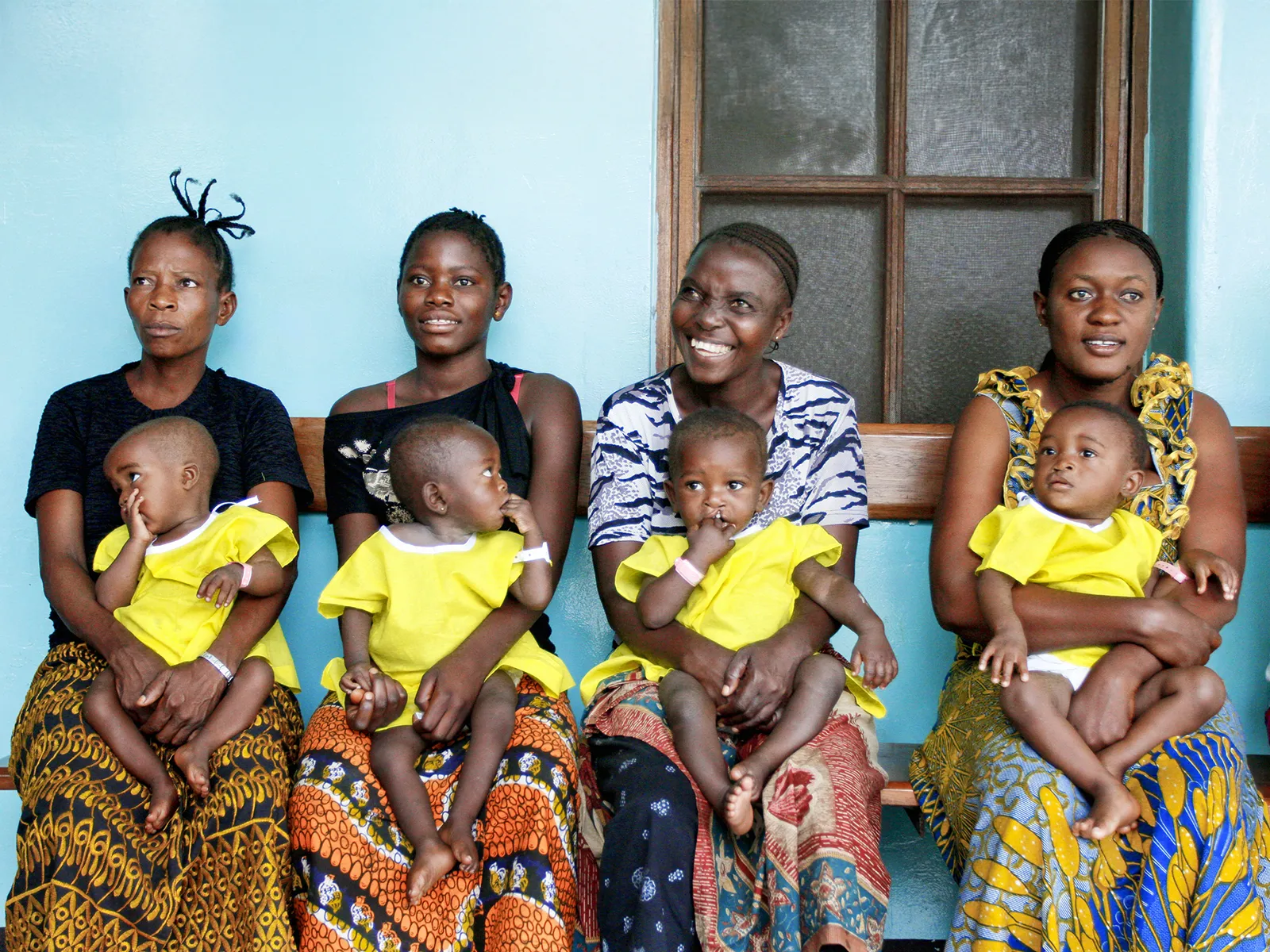Operation Smile's Theory of Change
A Clear Path to Long-Term Impact
Operation Smile exists to create solutions that deliver health and dignity for children born with cleft conditions. Our Theory of Change is a strategic framework that guides how we plan, implement, and measure the effectiveness of our programs around the world. It reflects a shift in how we define success — moving beyond volume-based metrics like the number of surgeries delivered to measuring deeper, more sustainable outcomes over time.
Why a Theory of Change?
As we scale our work and strengthen partnerships in 37 countries, it’s vital that we:
- Align our goals with global health priorities.
- Make clear, data-driven decisions.
- Hold ourselves accountable to the people and systems we serve.
The Theory of Change defines how our inputs and activities lead to short-, medium-, and long-term outcomes. It sets a foundation for evaluating impact across our programs, from surgical care to education and system strengthening.

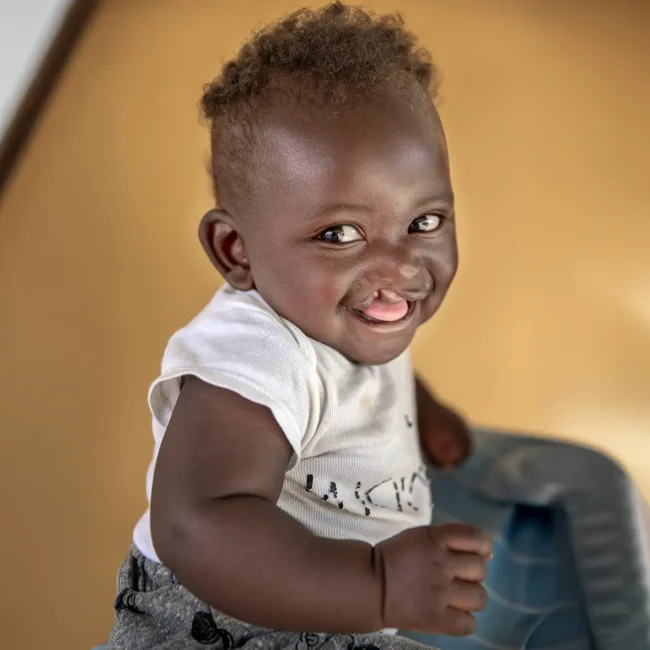
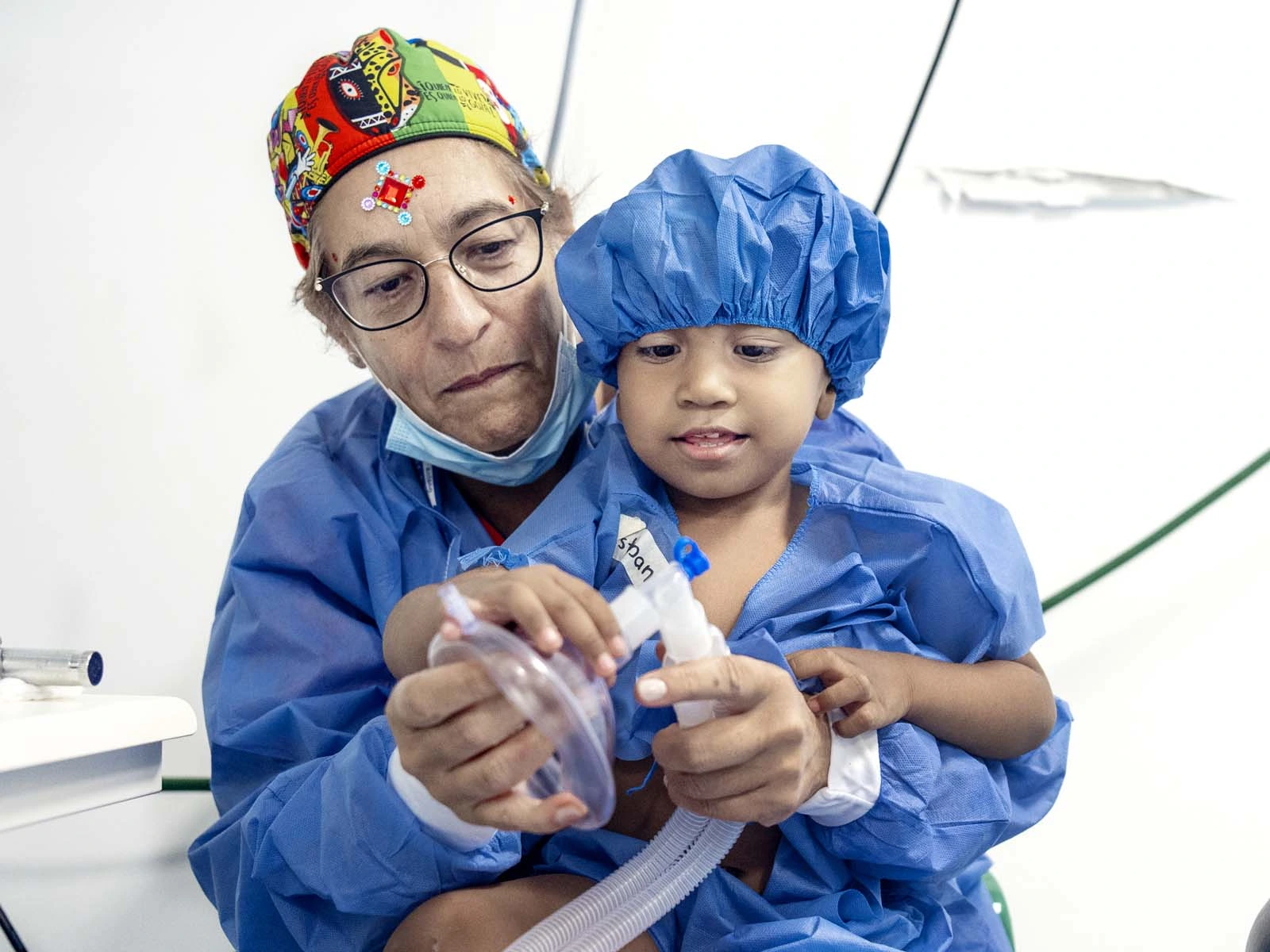
Theory of Change
Our Four Organizational Goals
We organize our work around four strategic goals that serve as pillars for our impact:
- Deliver Safe Surgery and Comprehensive Cleft Care
- Strengthen Health Systems
- Advance Local Leadership and Medical Expertise
- Create Sustainable Impact
Organizational Goals
Deliver Safe Surgery and Comprehensive Cleft Care
We aim to ensure that every child has access to safe, high-quality cleft surgery and comprehensive care before and after surgery.
Key activities include:
- Conducting surgical programs in partnership with local health teams.
- Expanding access to ongoing care: dental, speech therapy, nutrition, psychosocial support.
- Ensuring patient safety through standardized protocols and medical training.
What Success Looks Like: More children receiving timely cleft treatment, reduced complications, improved quality of life, and better functional outcomes (e.g. feeding, speech, and social development).
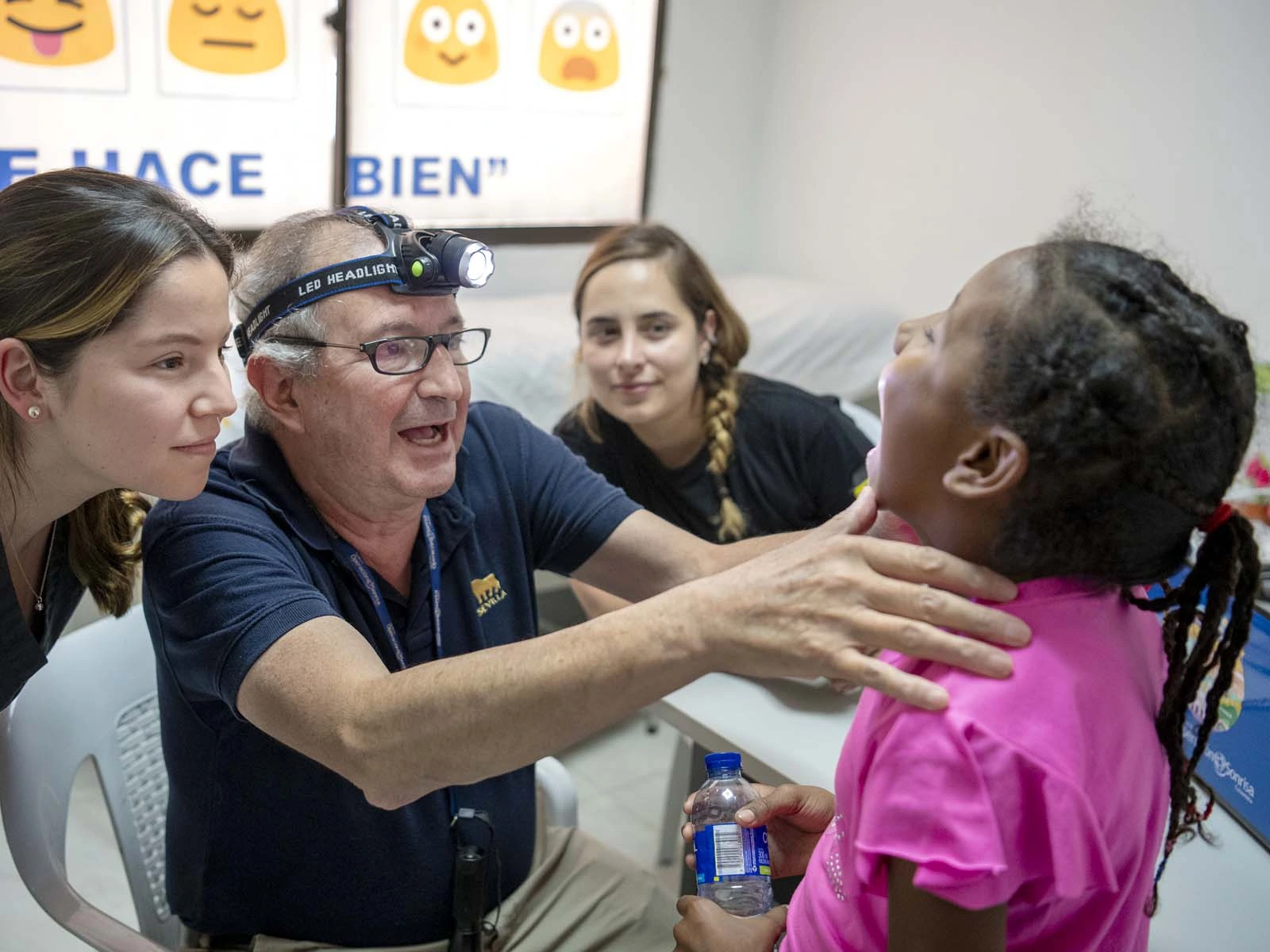
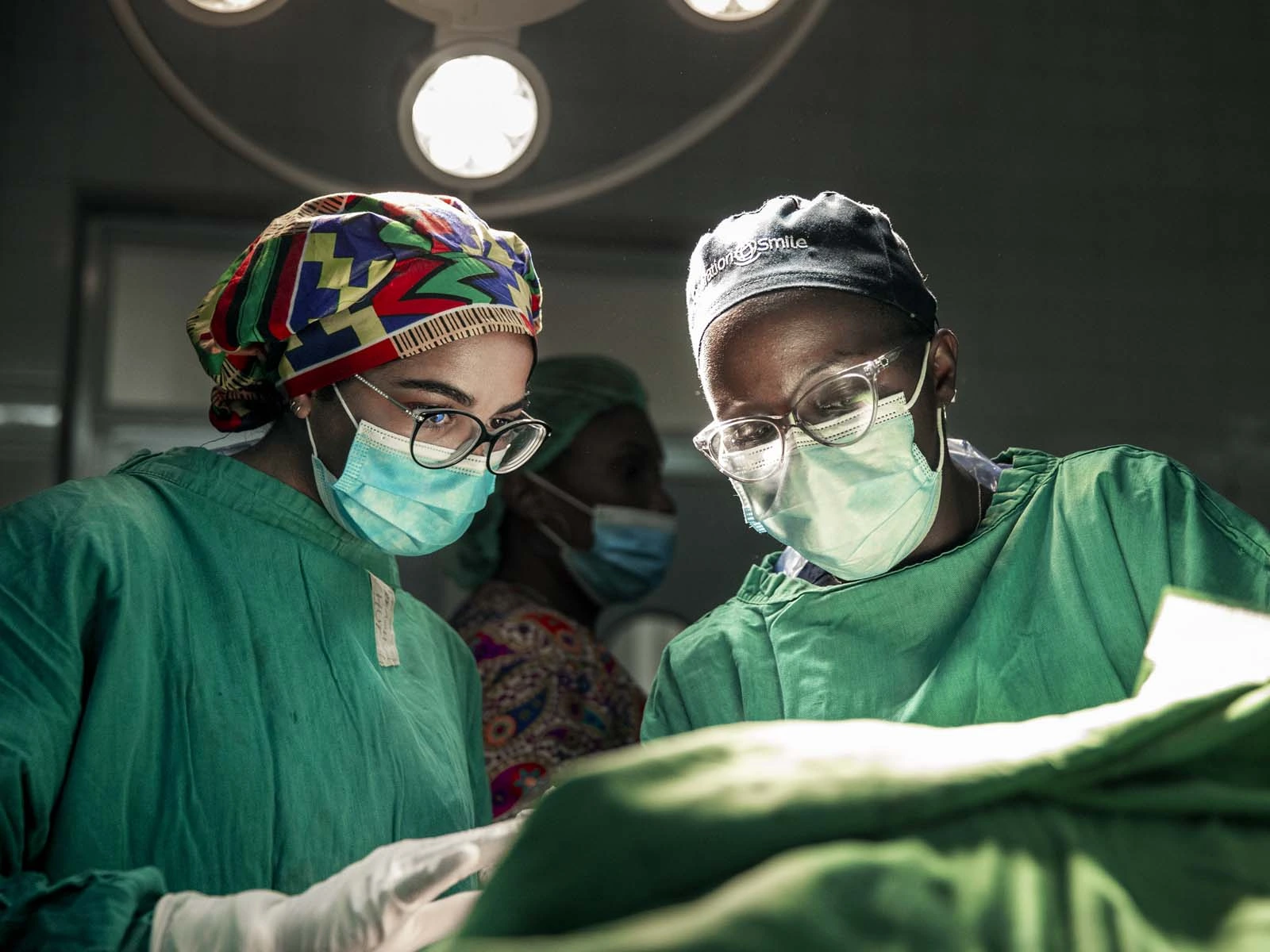
Organizational Goals
Strengthen Health Systems
We work collaboratively with ministries of health, hospitals, and medical partners to make health systems more resilient and inclusive.
Key activities include:
- Training surgical, anesthesia, and nursing teams.
- Supporting biomedical equipment maintenance and supply chains.
- Collaborating on national and international cleft care strategies and guidelines.
- Equipping facilities and improving infrastructure.
What success looks like: Local health systems equipped to deliver cleft care independently, increased access in underserved areas, and sustainable improvements in surgical care delivery.
Organizational Goals
Advance Local Leadership and Medical Expertise
We’re committed to equipping and educating medical professionals and leaders within the countries where we work. We believe that local leadership is essential to sustainable impact.
Key activities include:
- Developing and funding medical education and training programs.
- Creating regional and national centers of excellence.
- Supporting clinical research and innovation.
- Elevating the role of local medical volunteers in global operations.
What Success Looks Like: National ownership of cleft care programs, growth of in-country medical networks, and enhanced professional development opportunities for local providers.
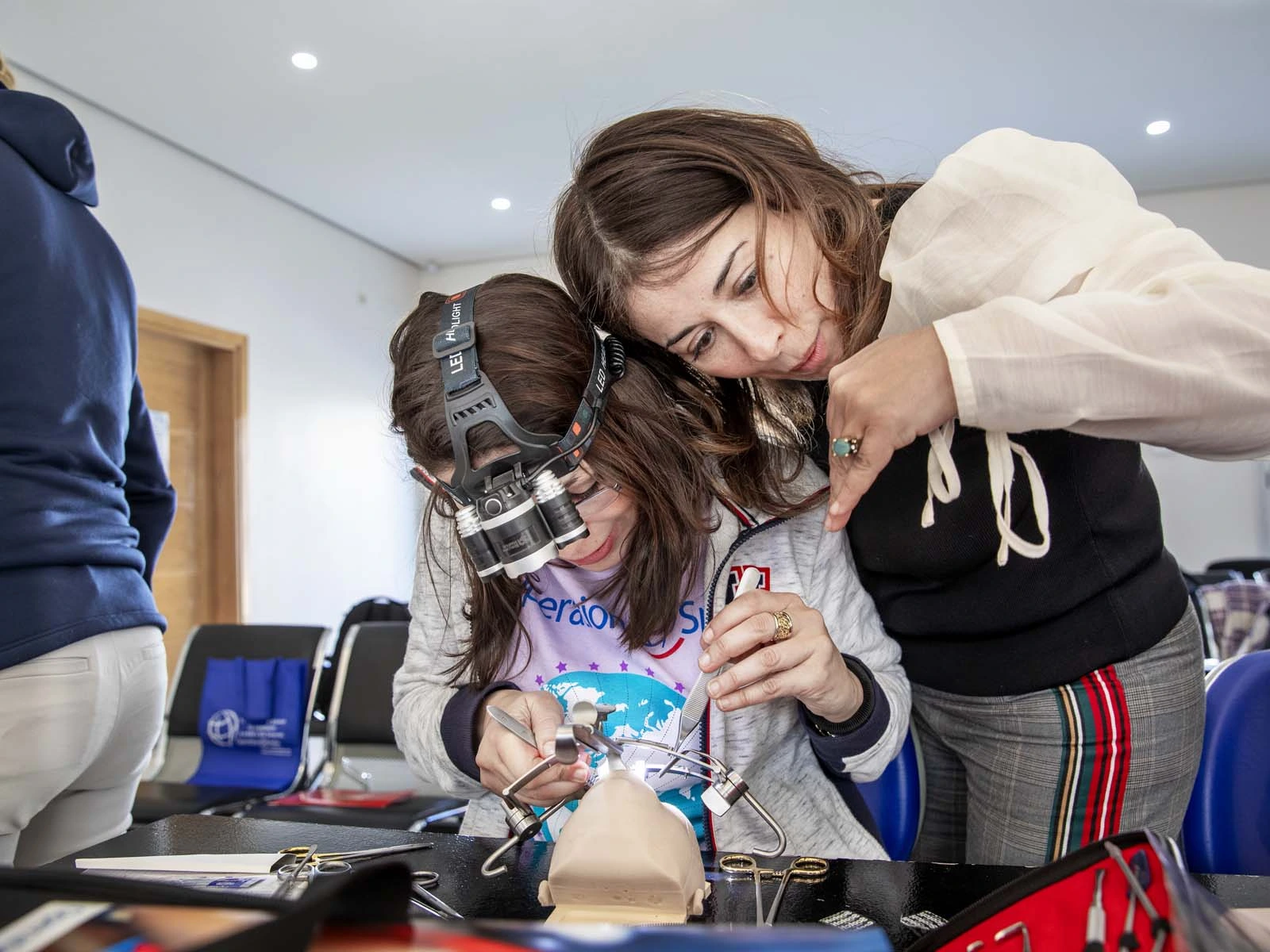

Organizational Goals
Create Sustainable Impact
Everything we do is designed to build lasting change — so that children today and in the future can access the care they deserve.
Key activities include:
- Embedding evaluation and accountability in all programs.
- Investing in data systems to track patient outcomes and system performance.
- Engaging in advocacy and policy dialogue.
- Leveraging cross-sector partnerships for long-term progress.
What success looks like: Measurable improvements in health equity, improved care outcomes across time, and reduced reliance on external support.
From Programs to Outcomes: Our Impact Framework
To ensure accountability and transparency, we map our activities through a clear results chain:
Inputs & Activities → Outputs → Outcomes → Long-Term Impact
We evaluate our progress across:
- Short-term outcomes (e.g., improved surgical safety, patient readiness)
- Mid-term outcomes (e.g., increased access, stronger hospital capacity)
- Long-term outcomes (e.g., health system resilience, equity, and national leadership in cleft care)
This approach helps us identify what’s working, refine our strategies, and demonstrate results to donors, partners, and global health stakeholders.

